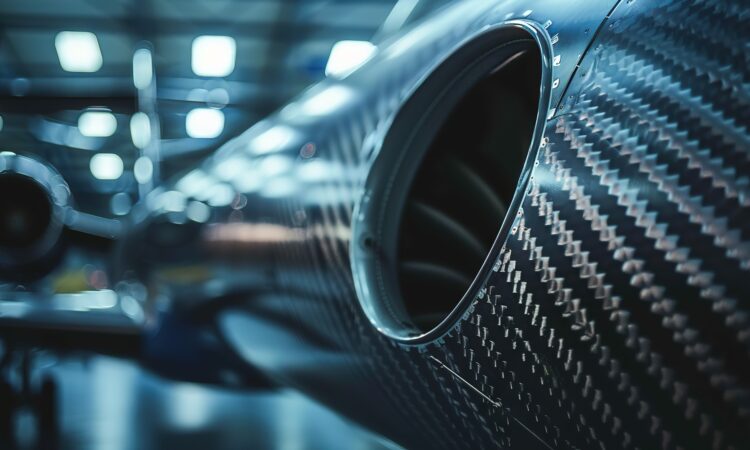
Air travel does have an impact on the environment, but these days, airlines and aerospace manufacturers are taking steps to become more sustainable.
More Fuel-Efficient Aircraft
One of the biggest ways to reduce emissions is making aircraft more fuel-efficient. Burning less fuel means less carbon dioxide (CO2) and other greenhouse gases are released into the atmosphere.
Manufacturers like Boeing and Airbus are using lightweight composite materials to make newer planes lighter and more aerodynamic. For example, the Boeing 787 Dreamliner is made of 50% composite materials like carbon fiber reinforced polymers (CFRP) from aerospace composites companies like Aerodine Composites. This shaves off thousands of pounds compared to aluminum designs.
Sustainable Aviation Fuels (SAF)
While batteries don’t yet provide enough energy for large aircraft, sustainable aviation fuels (SAF) derived from renewable resources are a promising alternative to traditional jet fuel.
SAFs can be produced from various feedstocks like cooking oils, municipal wastes, or even alcohol from plant matter. When burned, SAFs release fewer CO2 emissions compared to conventional jet fuel on a life cycle basis.
Many airlines, like United, Delta, and JetBlue, have recently made moves to incorporate SAF into their fuel supply. Airport infrastructures are also being upgraded to supply SAF alongside regular jet fuel.
Efficient Operations and Air Traffic Management
How planes operate and the routes they take also affect their environmental footprint. Many airlines have initiatives to reduce unnecessary fuel burn through more efficient practices.
For example, single-engine taxiing allows planes to use only one engine instead of both while taxiing to and from runways. Continuous descent approaches let aircraft gently descend on a steady glide slope rather than stepped descents that require more engine thrust.
Furthermore, modernizing outdated air traffic management systems helps reduce delays, cancelations, and holding patterns that lead to excess fuel burn and emissions. New satellite-based systems provide more direct routing options and optimal profiles for efficiency.
Reducing Waste and Recycling
Besides emissions, the aviation industry is tackling excessive waste and looking for ways to recycle and reuse materials wherever possible.
Many airlines have programs to reduce use of single-use plastics like cups and utensils, while increasing recycling and composting of materials onboard. Innovative food packaging made from biodegradable materials is also being tested.
On the ground, airports are improving recycling systems and finding new uses for things like de-icing fluids. Even old airplane parts are being recycled; the carbon fiber composites can be chopped up and reused in other applications.
Sustainable Aviation Growth (SAG)
With billions of people projected to travel by air in the coming decades, the aviation industry recognizes the need to decouple increases in emissions from flight growth. This is known as Sustainable Aviation Growth (SAG).
SAG outlines a multi-pronged approach to ensure continual progress can be made through new aircraft technologies, operational improvements, modern air traffic management, and use of sustainable aviation fuels at scale.
Improving fuel efficiency by 2-3% annually means the aviation industry projects being able to increase flight capacity while still achieving net zero carbon emissions by 2050.
Electric and Hydrogen Aviation
While still in their infancy, electric and hydrogen-powered aviation could be major sustainable solutions in the decades ahead, at least for smaller aircraft.
Many companies are pioneering electric and hydrogen-electric aircraft designs for regional routes under five hundred miles. If successful and scaled up, these could significantly reduce emissions for shorter flights.
Conclusion
From aerospace composites companies producing lightweight materials, to airlines up-fitting with next-gen engines and adopting SAF, the future of flying is definitely looking a lot greener. With continued advances across the field, air travel can keep the world connected while ensuring a sustainable flight path for generations to come.
